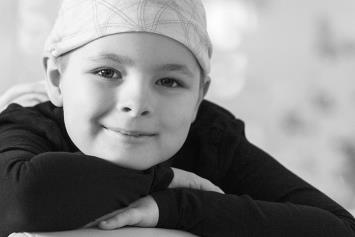Conditions
Our medical and surgical providers have expertise in every type of brain and spinal cord tumor that can affect children of any age. And we’re here for you every step of the way—from diagnosis to survivorship. Speak with our team to discuss to learn what we can do for your family.





